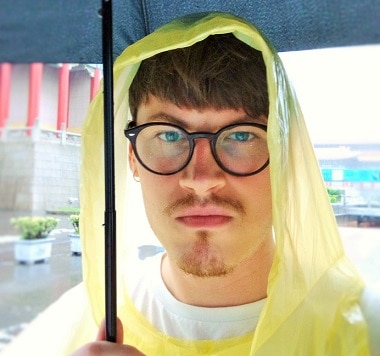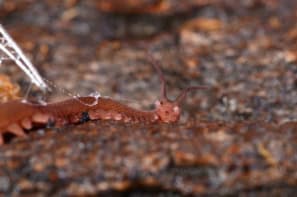
I attended the Single-Cell Biophysics: Measurement, Modulation, and Modeling conference in Taipei, Taiwan this month. From the conference, I was one of a group who blogged for the biophysical society. Here’s a run down of what we covered.
The first section was about imaging techniques, including structured illumination from Suliana Manley in bacteria, and full automation of super resolution/single molecule microscopy from Masahiro Ueda. Read all about it here.
Mechanobiology was the next one I covered; Pakorn Kanchanawong showcased his new lab’s work on the nanoarchitecture of focal adhesions. His new work is all about linking function to nanoscale changes in the make-up of the things. Also presented was work using DNA based tension sensors, and how mechanics work in the regulation of the bacterial flagellar.
Jumping ahead to the final day, we covered new sensors for metal ions (30% of proteins require metal ions to function) in live cells from Amy Palmer, as well as an acid resistant fluorescent protein compatible with super resolution from the Takeharu Nagai lab: keep your eyes peeled for rsGamillus in the coming months.
My last post of the meeting covered more from the Nagai lab—some amazing work on singularities—events in cells or cell populations that originate in a single place and spread to form a group decision. His examples of spiral wave cAMP signalling in social amoeba are mesmerising. Finally, Sua Myong gave us insight into the possible reason that microRNAs have mismatches between strands, and how they reduce efficiency in the swap from DICER to RISC.
Thanks all, for more, and to hear from the other contributors, simply go here.
- The original version of this blog was posted on KCL Science



